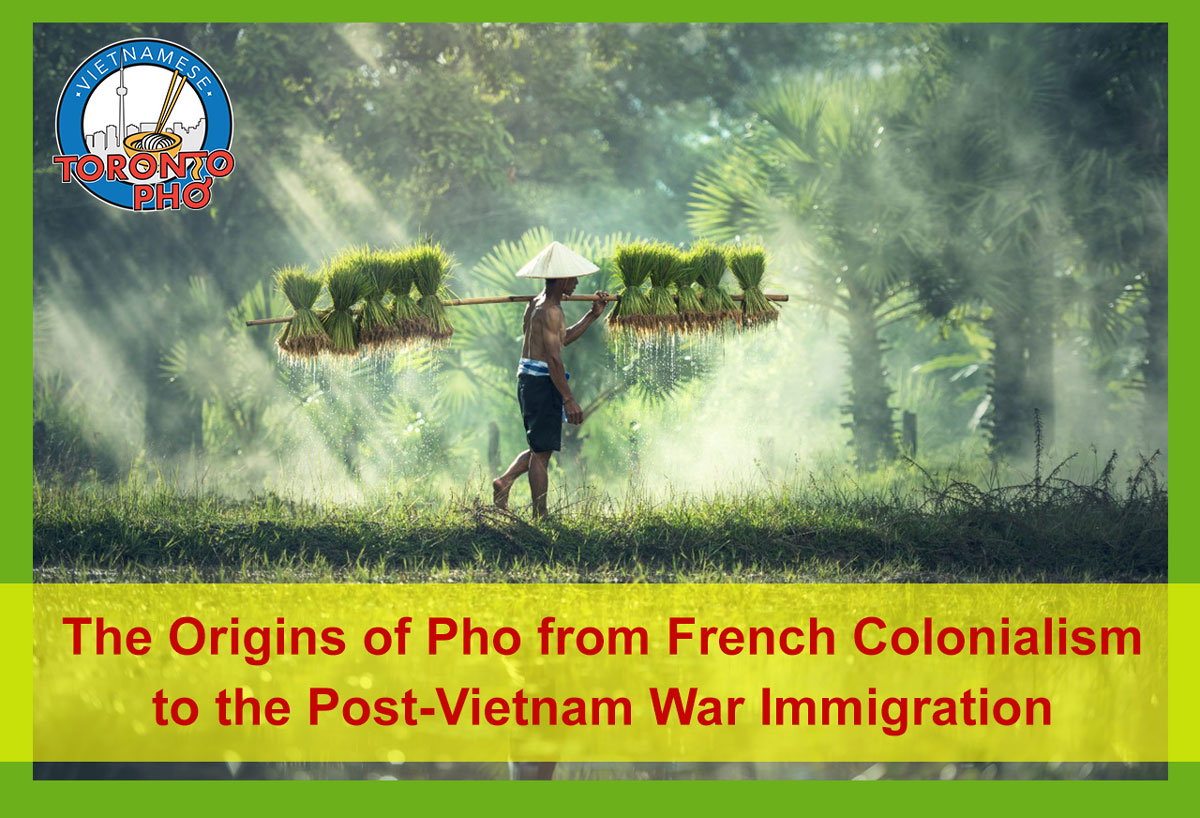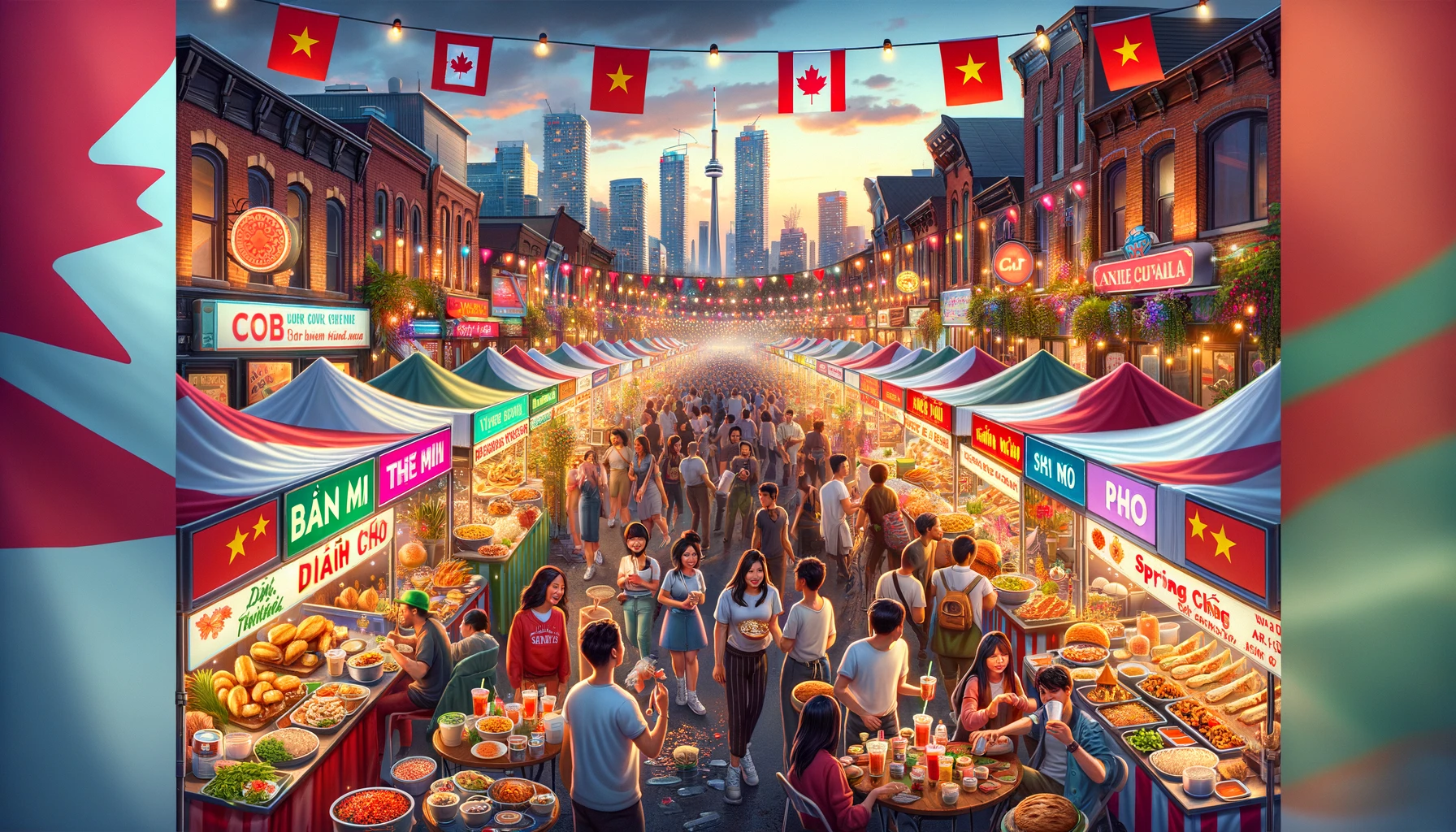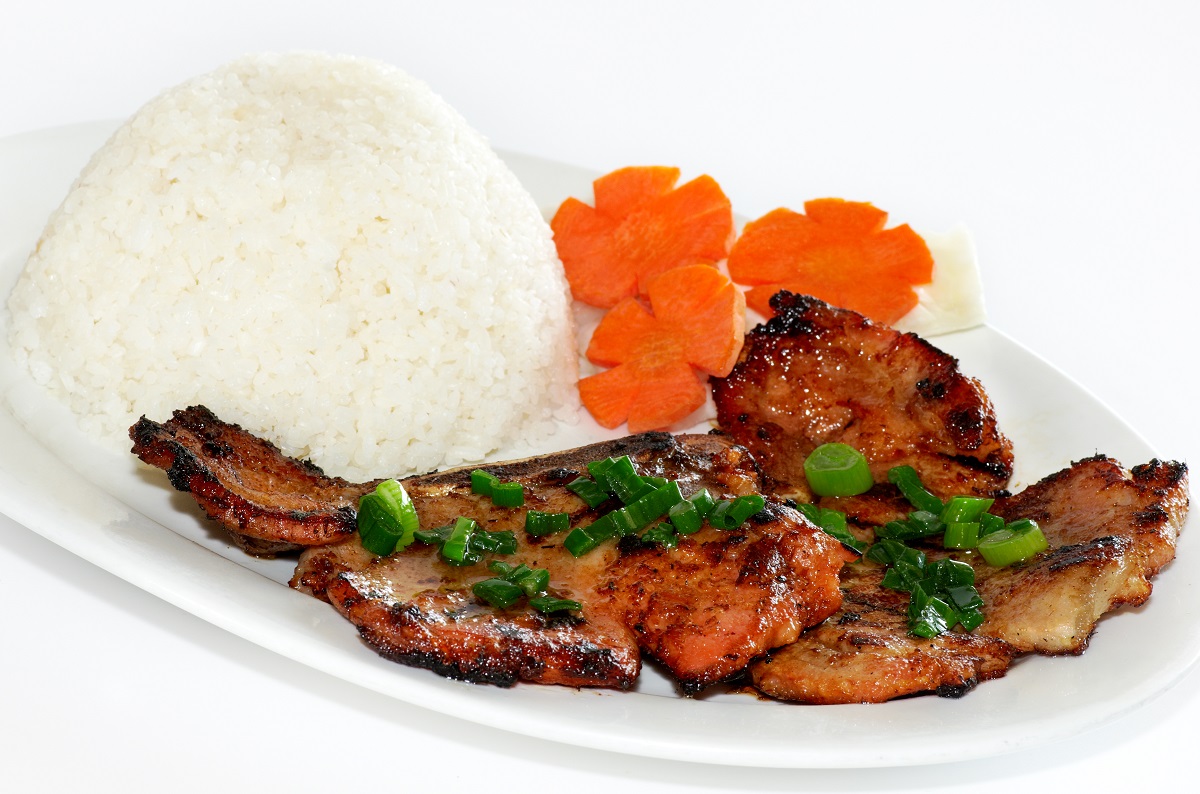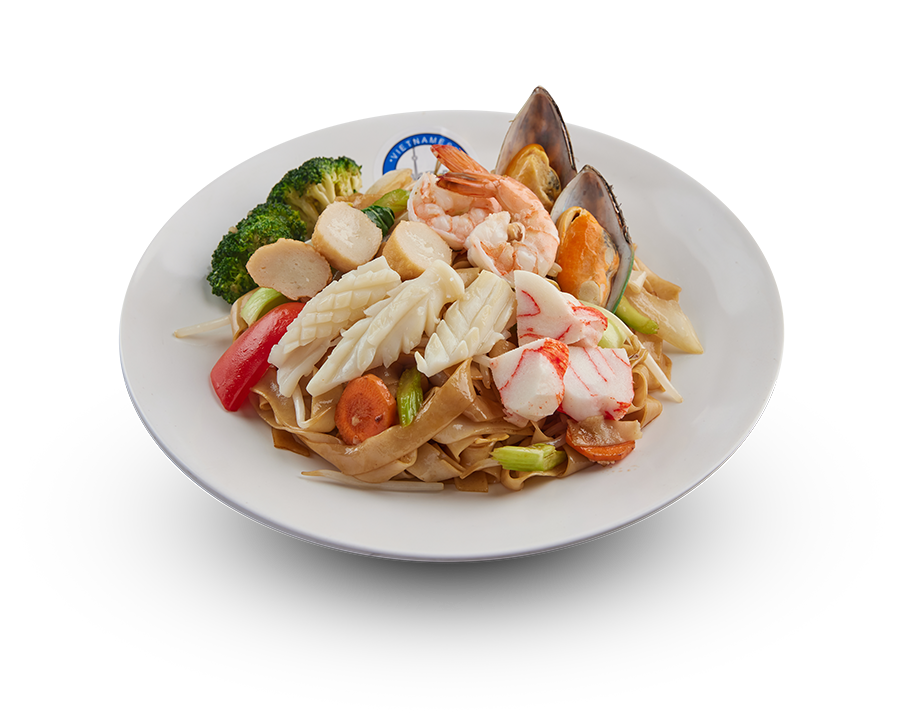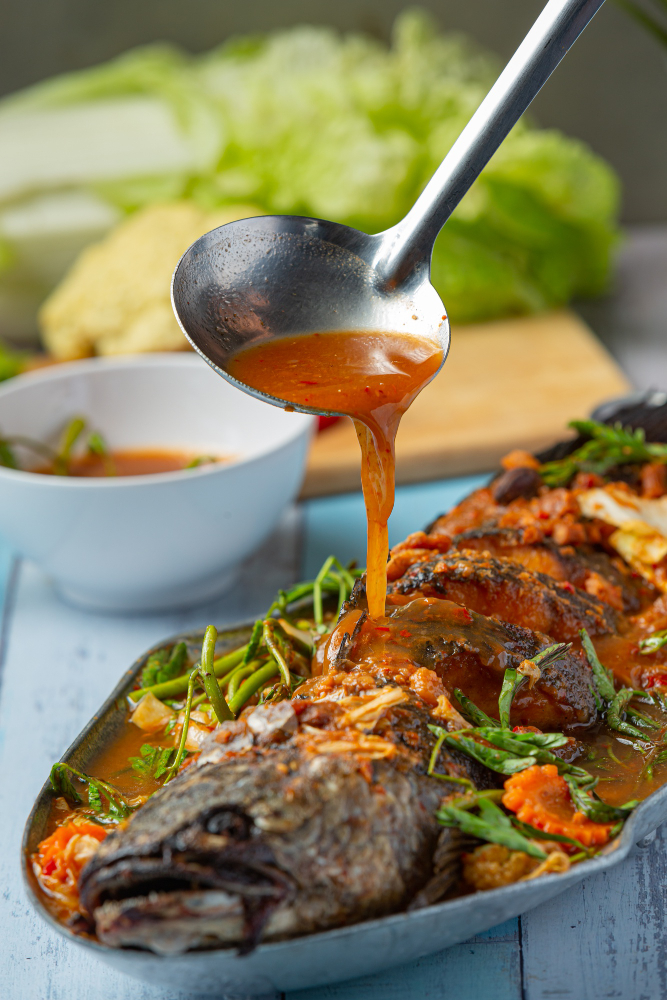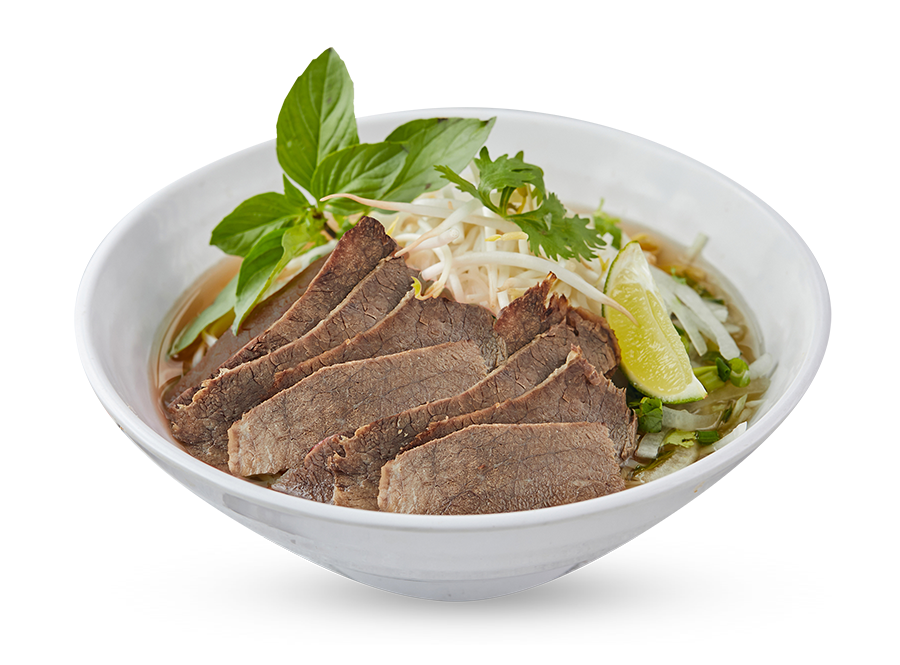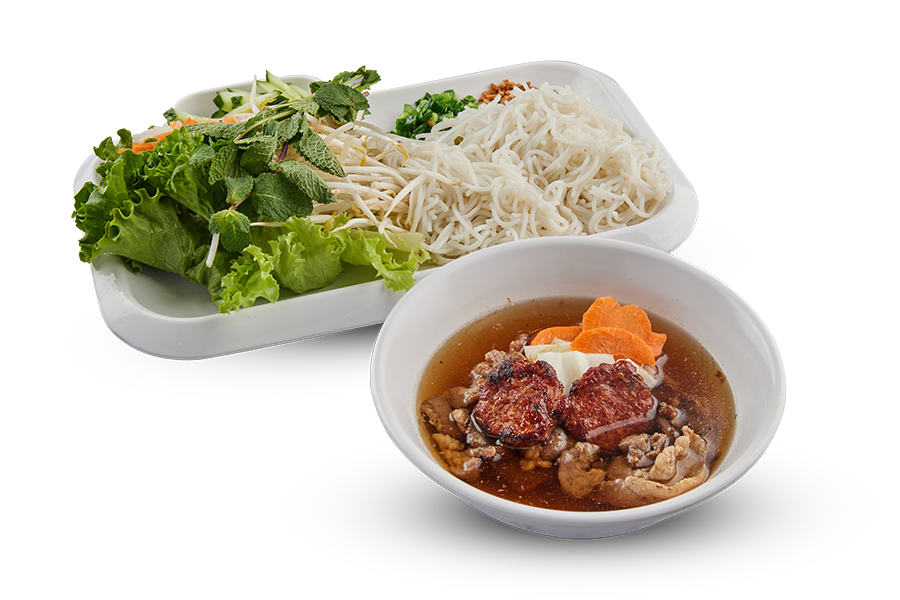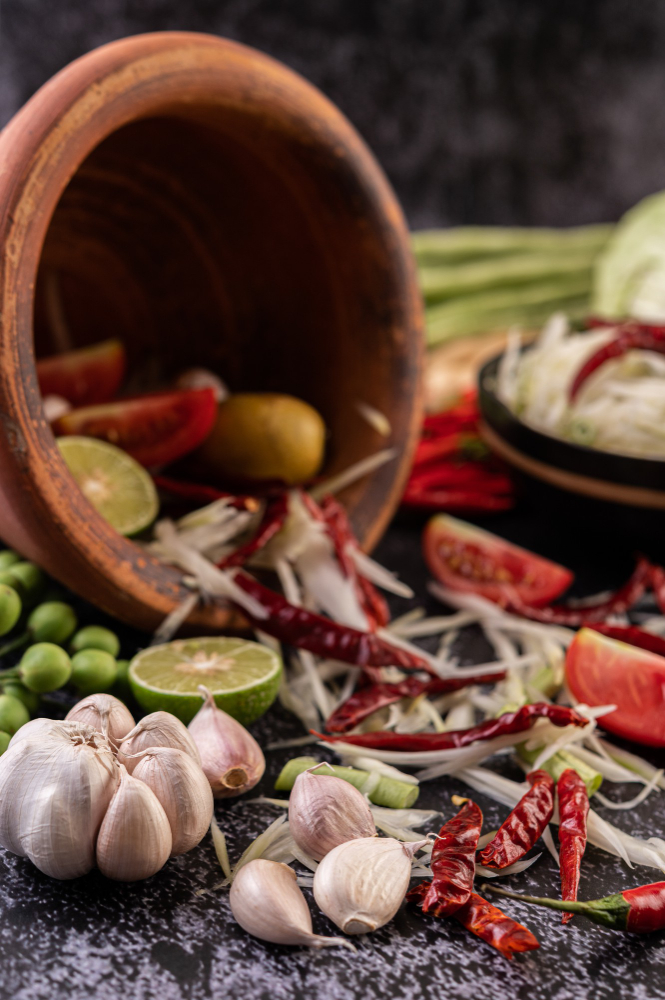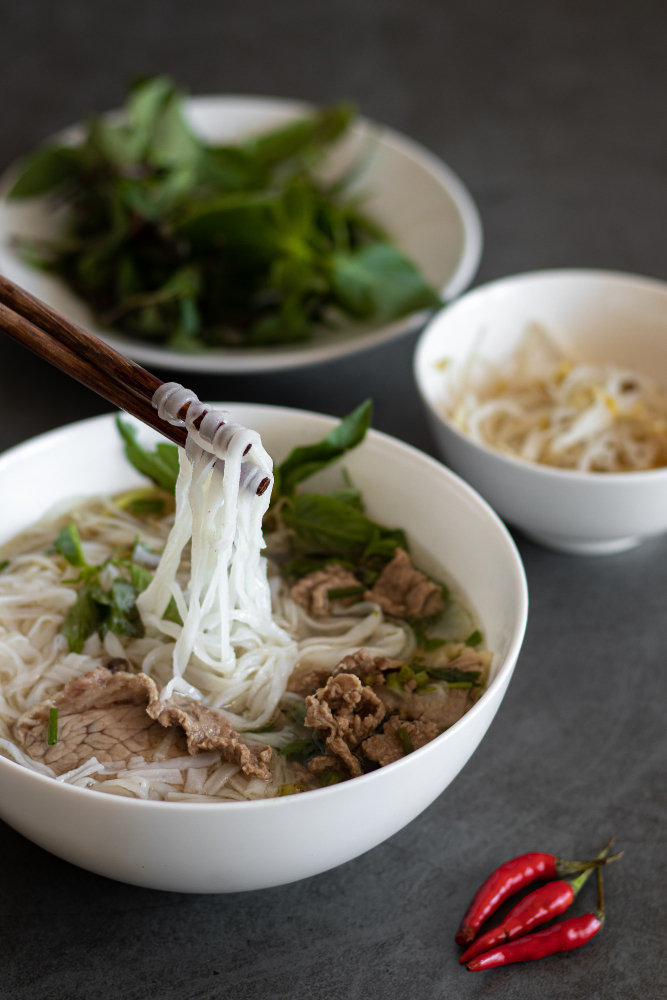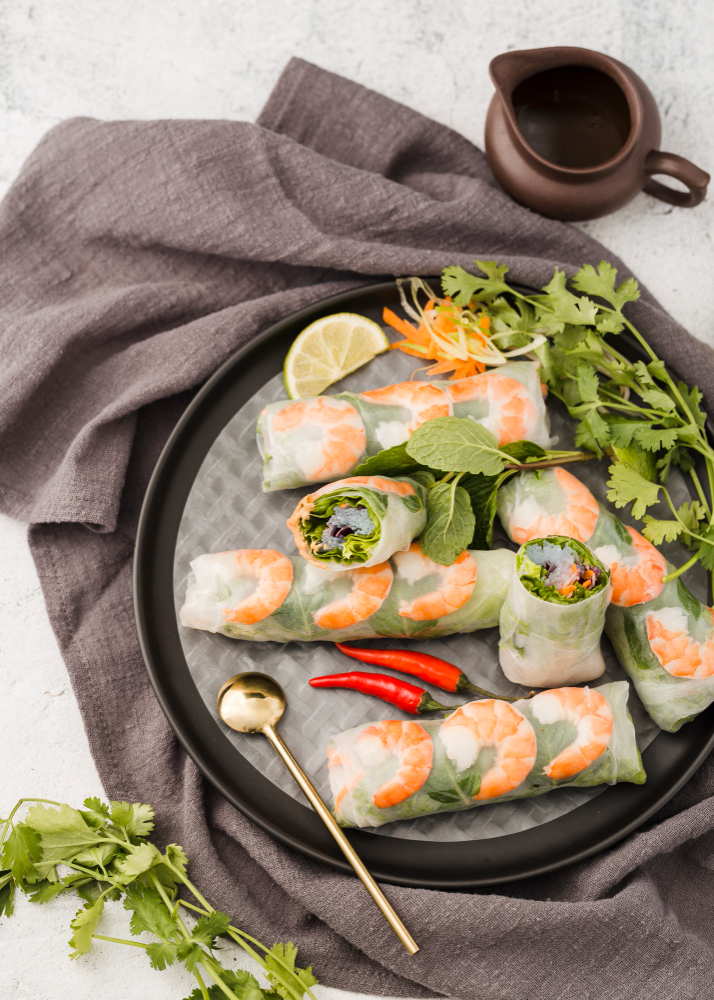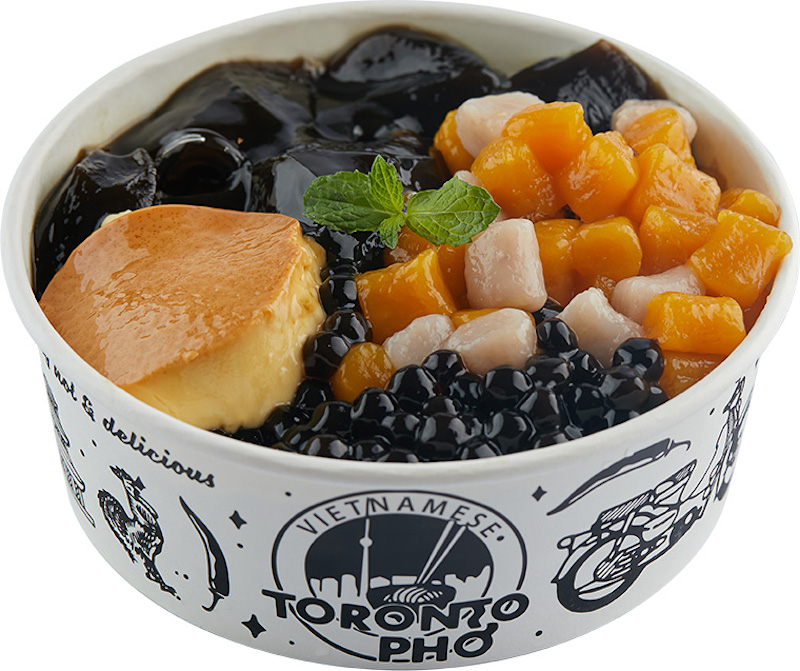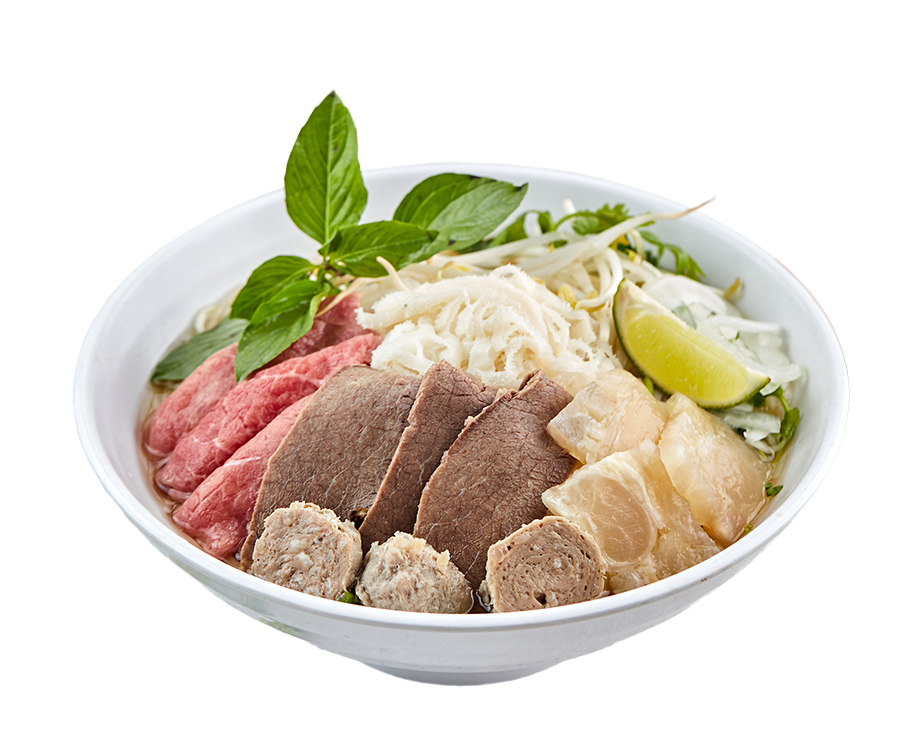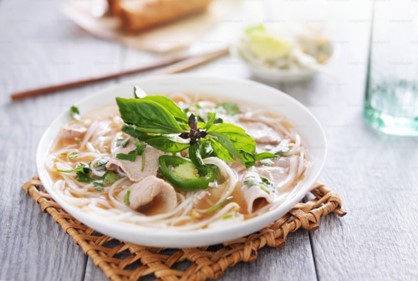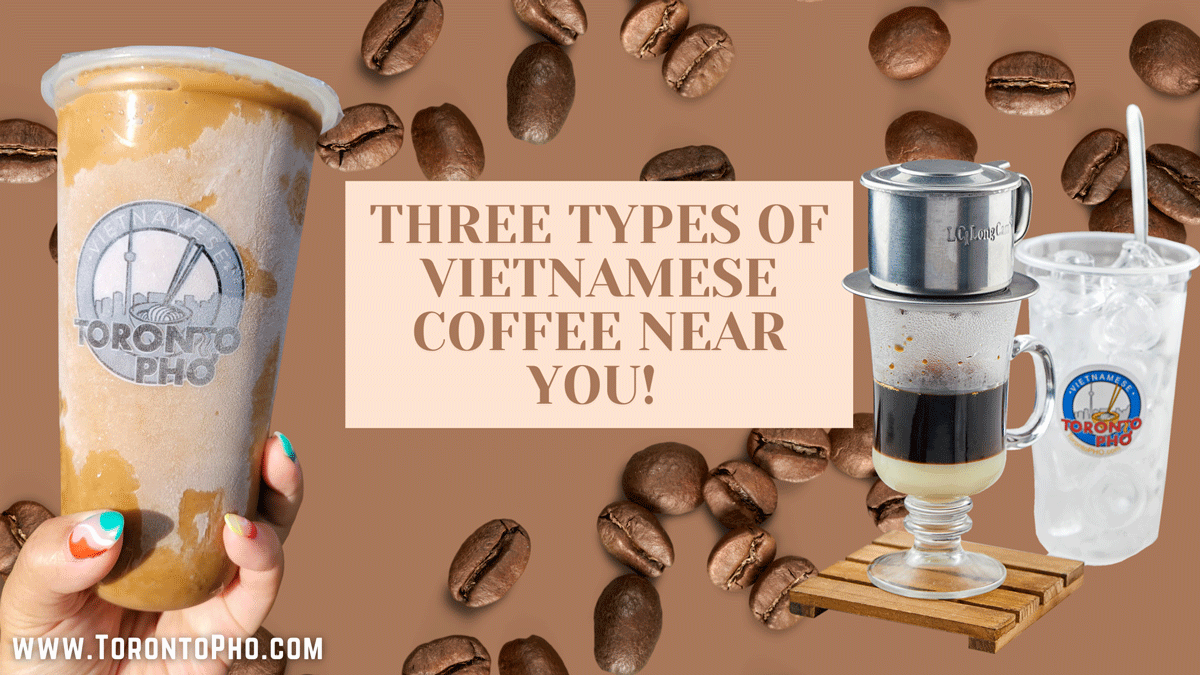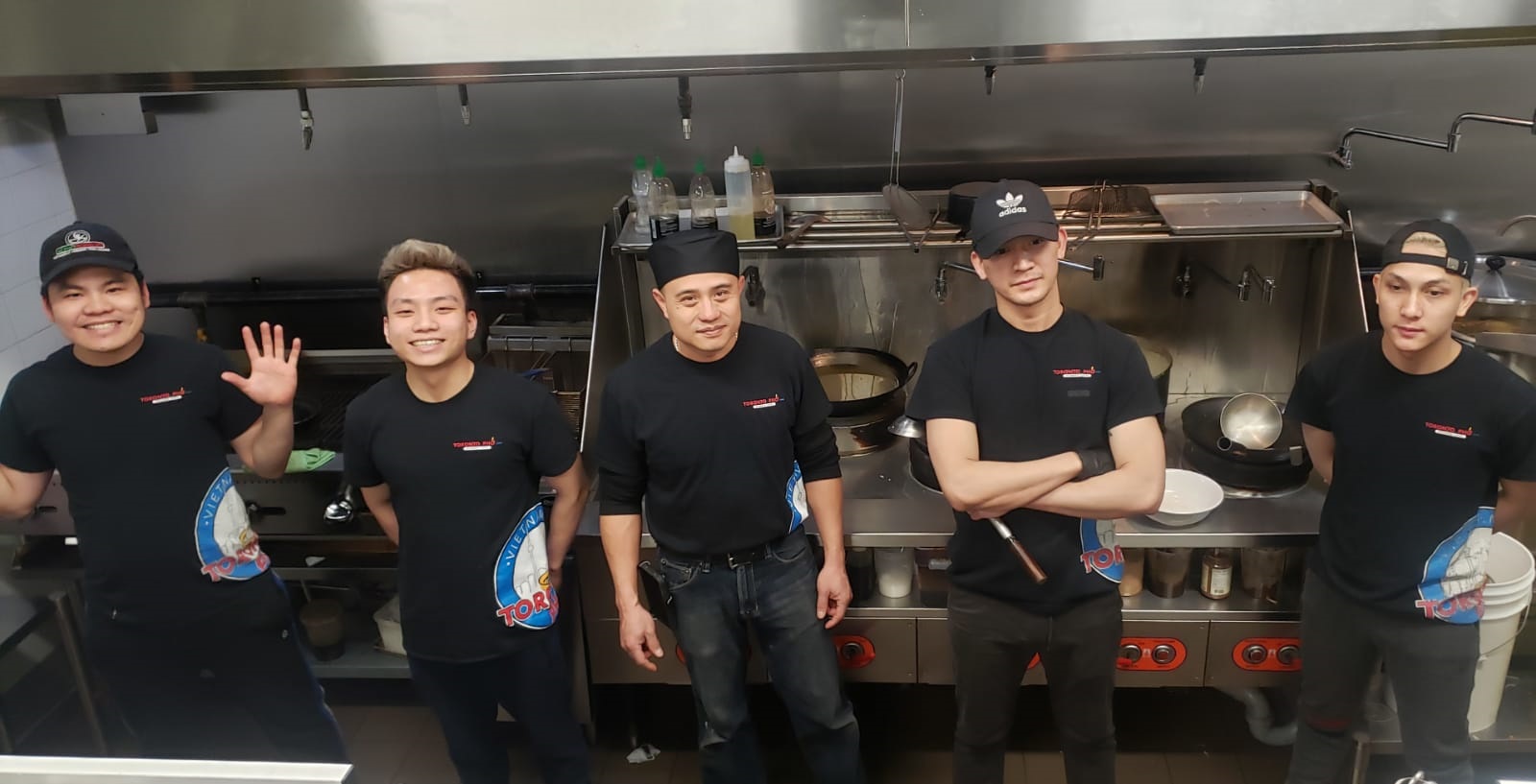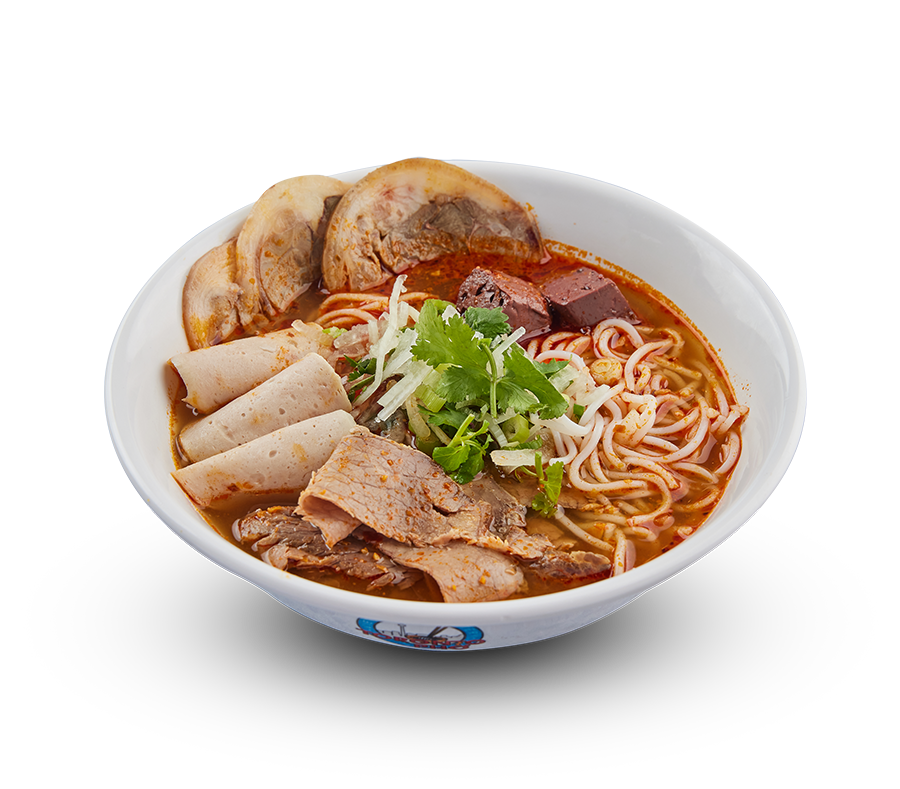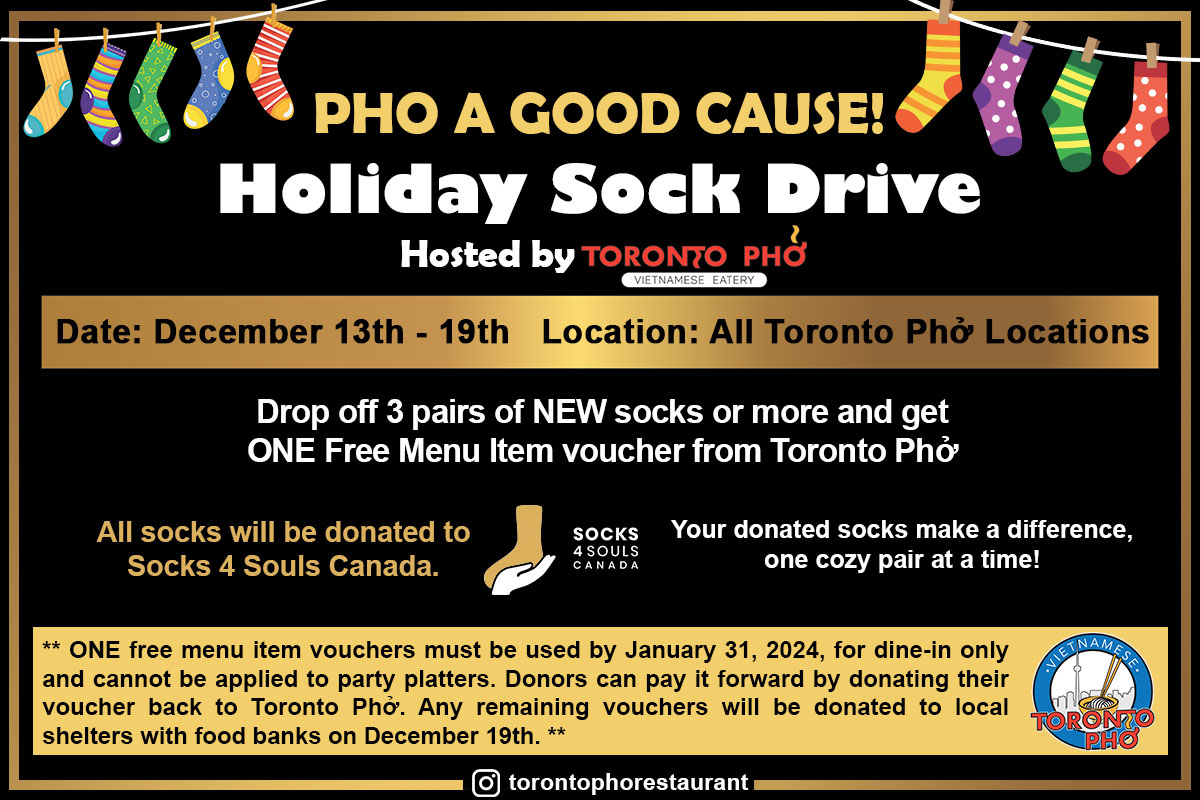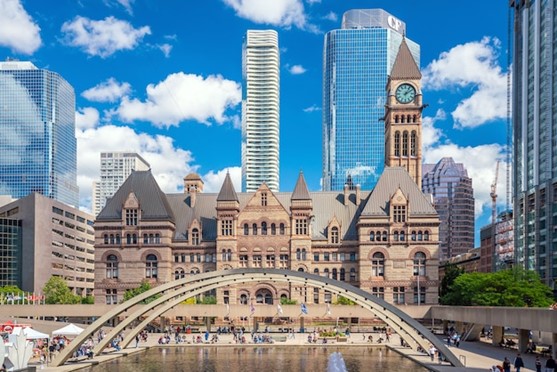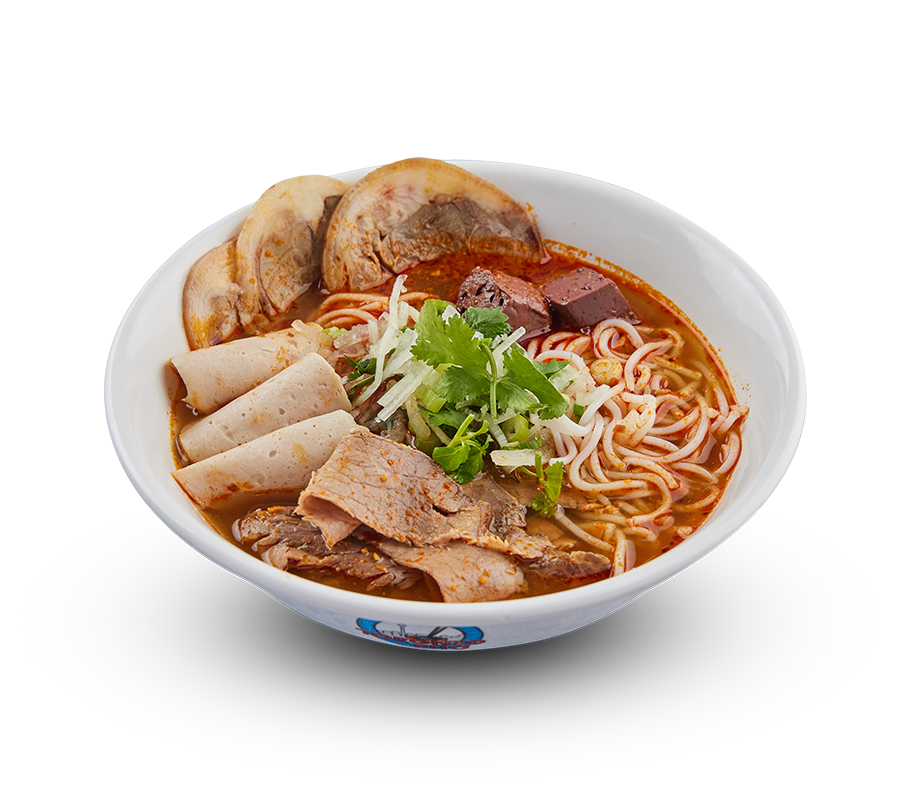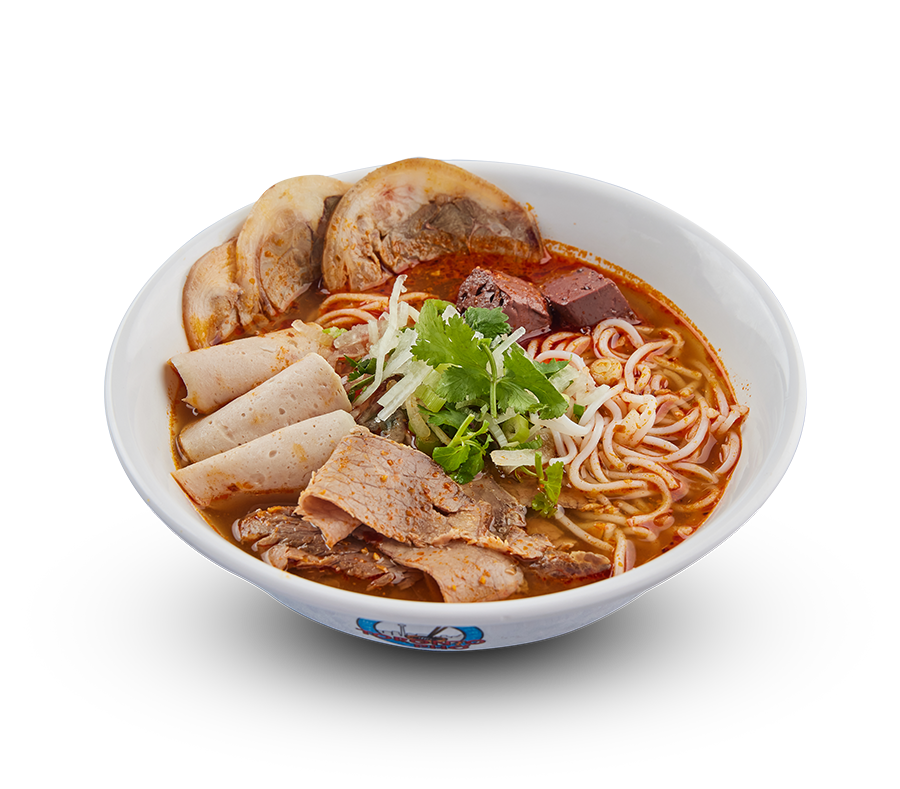Pho was first sold predominantly at dawn and dusk by street vendors. They would manufacture pho in mobile kitchens and carry the pho with them on a carrying pole. The first pho stands in Vietnam were owned by Vietnam and Chinese families. They remained mildly popular in this region heading into the 1920s which became a decade of experimentation for pho. Tofu and sesame oil were popular in this time period. As a replacement for beef, Vietnam’s first chicken pho was introduced in the late 1930s.
As Vietnam was partitioned in 1954 with millions feeling north Vietnam for south Vietnam, these families brought with them pho. This was the first time pho made its way outside of northern Vietnam. In south Vietnam, pho cooks were no longer restricted by cultural ingredients or traditions. The 1950s in south Vietnam were filled with variations in meat and broth, adding in cinnamon basil, bean sprouts, Hoisin sauce, and hot chili sauce. Meanwhile, in north Vietnam, restaurants were nationalized and pho began to be served using old rice. In the north, street vendors were forced to use noodles from imported potato flour and, for a long time, eateries remained state-owned. Though some street vendors proceeded to operate unlicensed, they were challenged to avoid police.
Fast-forward to the post-Vietnam War period, millions of Vietnamese refugees poured out into other countries like Canada. By the early 1980s, hundreds of pho restaurants begin to appear beginning in California and then spreading eastwards across North America. In Canada, pho began to be popularized in the 1990s as relations between the West and Vietnam improved. These days, pho can be found everywhere from school and college cafeterias to restaurants on your local street corner. By the mid-2000s, pho restaurants were generating hundreds of millions of dollars in annual revenues – a trend which continues to this day.
Pho’s first known use as a word was in an 1827 dictionary referring to a rice noodle dish. Its mainstream application only began sometime in the 1910s. Due to much of pho’s upbringing being undocumented, little else is known about it pre-partitioning of Vietnam. As pho’s become Westernized to a certain degree and popularized outside of Vietnam in countries like Canada, the US, and elsewhere, authentic recipes still exist in restaurants all over the world.
Visit Toronto Pho today to enjoy authentically prepared pho like only we can make it. Enjoy Vietnamese cuisine unlike what you’ve had before. Without question, know you’ll walk away having enjoyed the city’s best pho.

